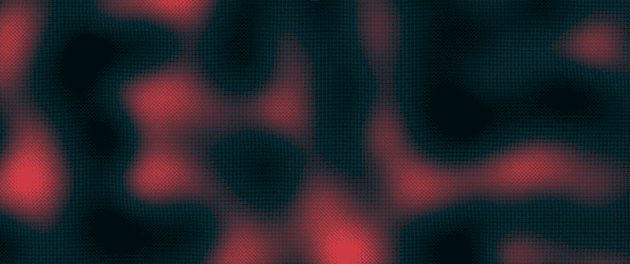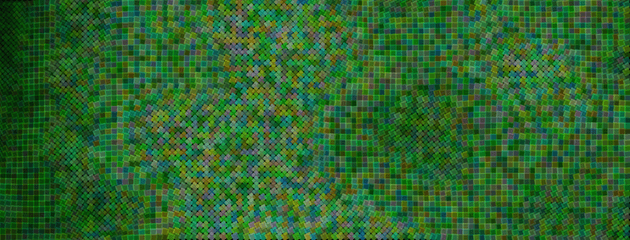This artpiece started as an experiment to create a grid which could be manipulated by another effect. But after some try-outs, and actually learning how to work with p5.js, I came to the conclusion that the grid should move itself. The energies moving in the artpiece are a consequence of the grid moving itself, so it has become a inter-connected structure.
Everything in the artpiece is made for simplicity. A understandable 2 dimensional visual expression where energetic movement gives the sense of change and therefore time. An advantage of keeping it simple is that I can run the code in realtime on my website. And this can give the viewer a glimpse of the future of webdesign & generative art combined.
For example you could create a website with generative UI/UX components which are all visually connected and give a wholesome experience. And these generative UI components can vary visually with every visit to website. The standard way of webdesign is more or less static with cookie cutter UI/UX. But if a company wants to stand out it could go for a full generative experience for the user. Generative Art in IT is still in it’s infancy and the possibilities for exceptional web-experiences are just bound to happen for this domain.
The 3 webpages have subtle different values for 2 or 3 properties which are sent to the code of the art. Which means the pages generate a different, only scale and time, version of the art. This is my first try-out on adjusting the art dynamicly on a webpage, but you can imagine that the sky is the limit with how you can dynamicly change the art with javascript (p5.js). The art could also be connected with APIs, or manipulated by user actions, and so on.


